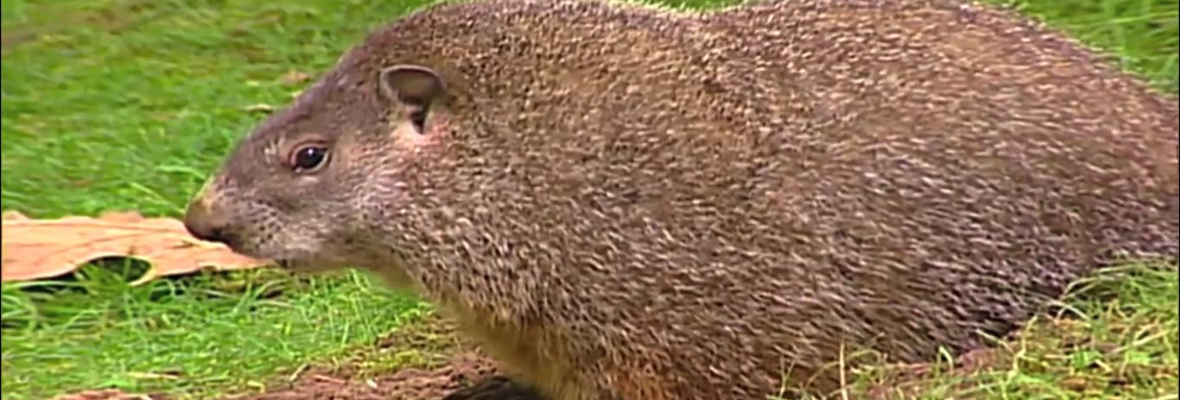How Big Do Rhode Island Groundhogs Get?
The Rhode Island groundhog belongs to the Sciuridae family, and it is considered as largest animal in this category. Reports say that general measurement of groundhogs are reported to be 65cm maximum and 40cm minimum in length. Note that, this measurement is completed by covering their tail as well. The overall weight of these animals is found somewhere around 2 to 4 kilograms,

Experts say that if these animals live in an area where there are least predators, and they get easy access to alfalfa-grass that is their favorite food; their length may grow as much as up to 80 inches, and their weight can be as high as of 14 Kg. So, depending on the area where you live, you can have bigger groundhogs in your premises.
This animal is also named as a Rhode Island woodchuck, but it has nothing to do with chucking wood. The name is actually derived from the Native American word ‘wuchak' that can be translated to Digger. Some people also know this animal by the name Whistle Pig. Few researchers report that it has a habit of scampering and scratching on wood. Sometimes this animal feeds on the soft parts of wooden structures or tiny plants. The closest relative to these groundhogs are ground squirrels. Some people also call them marmots just because of a close resemblance to the squirrels.
These animals sometimes also stand on their hind legs and appear same as little bears. Their sharp claws assist them to dig deeper into the ground. Reports reveal that groundhog's incisor can grow as much as up to 1.6 mm per week to maintain their frenzied diet schedule. Groundhogs are generally found in the North American regions including the Southern United States to Canada. These animals love to live in the woodland areas. As discussed earlier, they have a habit of digging burrows hence called as diggers. It is observed that their burrows can be 1.8 meters deep with a width of 20 feet. Note that these underground homes can be created with two or multiple entrance points. Groundhogs are intelligent enough to choose right habitat for them depending upon the season. In the winter season, they create burros in the wood whereas in the warmer months you can find their burrows in the greasy grass.
In the winter season, Rhode Island groundhogs hibernate, and in this process, they usually slow down to 80 beats/ minute to only 5 beats/ minute. Their respiration cycle can reduce from 16 breaths/ minute to only 2 breaths/ minute. The body temperature of groundhogs also drops from 99 degrees Fahrenheit to only 37 degrees Fahrenheit. As per researchers, these creatures do not travel more than 50 to 150 feet from their den.
Now the most important fact that homeowners need to know is that Rhode Island groundhogs are herbivores that means they prefer to eat vegetation. Hence, if you observe them on your premises, they are probably destroying your garden or yard. Their routine diet includes grasses, tree bark, plants, and fruit. It is important to take immediate steps to get rid of them to save your vegetation.
Visit our Rhode Island wildlife trapping home page to learn more about us.

